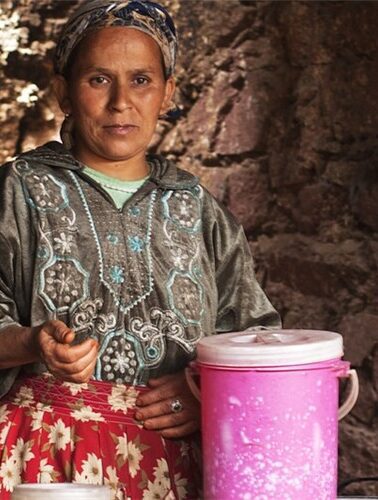What you know about the Berber people
Although you may have heard of it, you may not know much about the Berbers. Understanding them is primordial to understand the history of Morocco, as these people are intrinsic in this region, as well as they built tribes in areas where today is Algeria and Mauritania. Known since antiquity, they are, finally, autochthonous from North Africa.
They are considered as one of the oldest peoples of the continent and participated in the social construction in such a way that, if it were not for them, the trade routes from sub-Saharan Africa to the Middle East and even to Europe would take centuries to become reality. In this way, many Moroccans are clearly descendants of the Berbers. It is said that about three-quarters of the Moroccans are descendants of this people.
The history of the Berber people
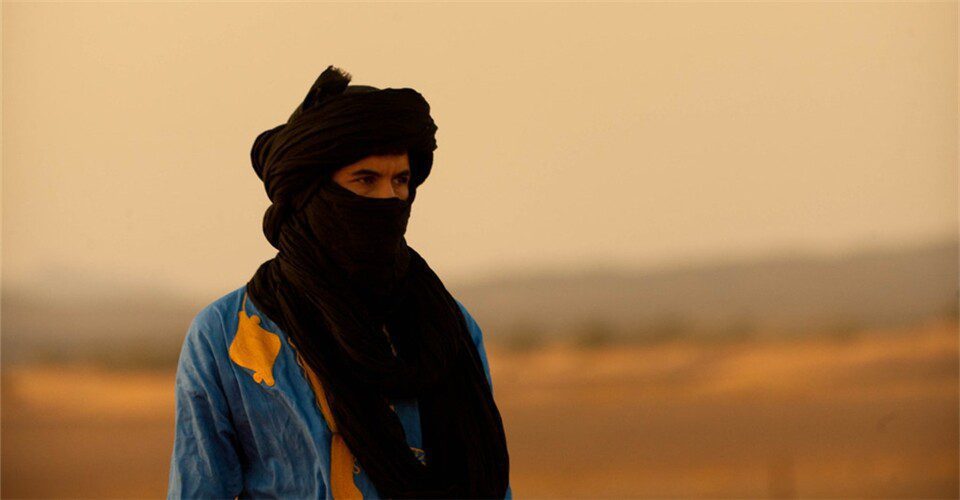
In the past, the Berbers lived as nomads who based their survival on commerce. They mostly sold jewels and precious stones, spices, wild animal skins slaughtered in the forests and savannas, ivory, ceramics, spears, slaves (captured after battles between sub-Saharan tribes, sold in Egypt, Nubia, and the Middle East), fabrics, salt and handicrafts; important information of the population circulated, thus also conveying cultural characteristics. For this, they used the camel as a means of transporting goods, and this was because the incredible adaptation of this animal to life in the desert.
Among their long journeys through the extension of the Sahara Desert, they rested and used the oasis. The Berbers call themselves imazighen, which means “free men.” They adapted to the climatic rigor, becoming transporters and following caravans of merchants.
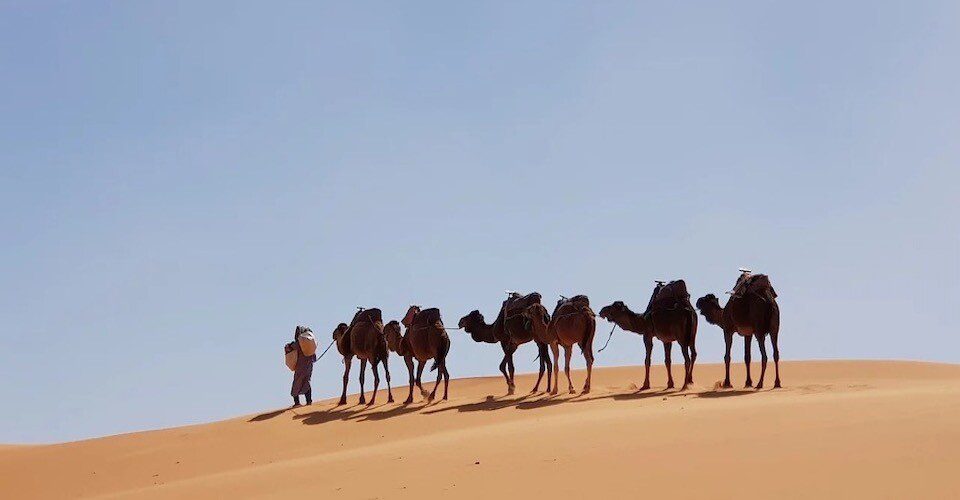
Perhaps nomadism owes the complex ability they have gained over time to live and cover great distances in the desert, getting used to the physical and climatic limitations, to the challenges that this life entailed.
Usually the Berbers bridged the goods produced by the Ashantis, Bantu, Songhais, Haussas, and Bambaras, among other sub-Saharan peoples and the Sahel region, which is the region just below the Sahara that precedes the African forests, of many products between the African continent and the Middle East, supplying spices the coastal cities of the Mediterranean, the Atlantic and the Arabian Peninsula. They organized in caravans and changed their strategies according to the course of the water.
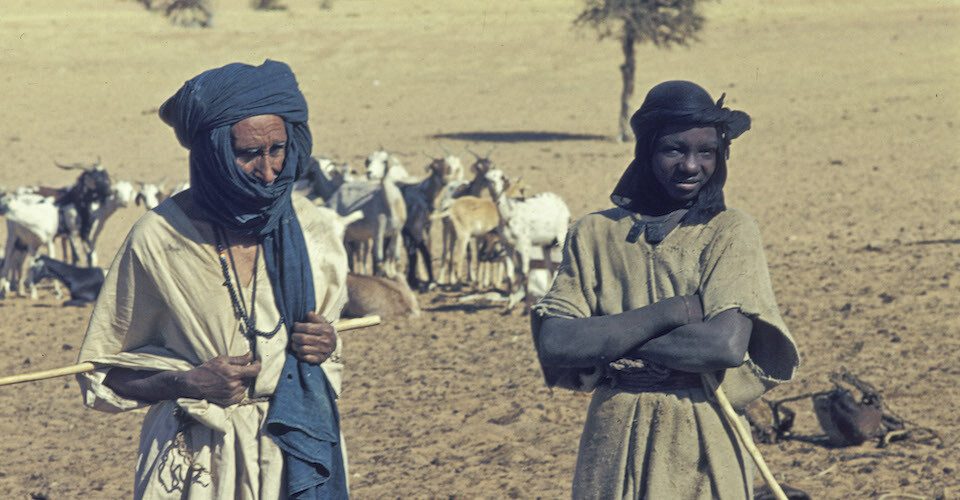
They were the main carriers of products between the central and southern parts of the continent – where we have savannas and rainforests that have been isolated for centuries because of the protection of the Sahara Desert – with the great consuming centers of antiquity.
The indigenous peoples of North Africa therefore encountered Phoenicians, Romans, Vandals, Islamists and, in modern times, Europeans (mainly French and Italian).
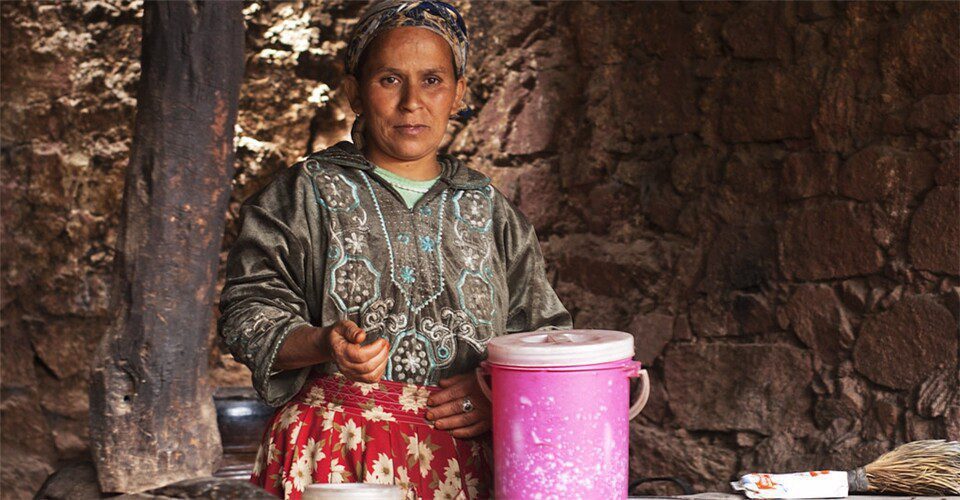
Despite this general idea, during time, many Berbers settled in lands of regions of the interior and began to live of agriculture. At present, they are a people that continues to follow by many tribal traditions, but which has adapted to modern times in various facets. Mainly because of Islamic expansion, in the 8th and 9th centuries, many Berbers converted to Islam, which became the religion of Morocco. The religious transmission happened, and, now, it can be taken as a common characteristic to the Berbere people: the Islamism.
In short, the name Berber would be, it seems, a modification of the Latin word “barbarum”. The Romans put this name to those who did not belong to their culture. The term used by the Romans was later maintained by the Arabs. In general, the habitat of the Berbers determined their economy and way of life: in the North they introduced agriculture, leading a sedentary life; in the interior and in the southern areas of the Sahara, they dedicated themselves to raising livestock and were nomads, since they had to constantly search for the best places.
Berber characteristics
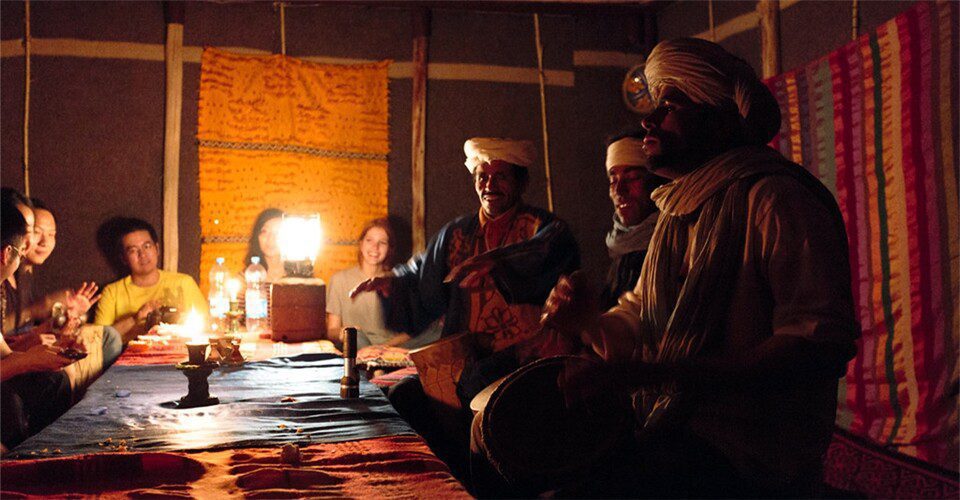
The Berbers, who dominate the territories of the Sahara, were divided into groups and subgroups: Tuareg, Tamazights and Chleuhs. And the still called Berbers of the oasis: the rifles, the kabyles and the chaouias.
There is no such thing as a Berber breed, since this is a junction of various ethnic groups. We are talking about origins that are up to 30 million years old; only in North Africa, there has been a presence for 5.000 years. The anthropologists who study the Berbers did not classified them as a people, but a set of nomadic peoples who have social and linguistic characteristics. It is not state or governmental, but cultural.
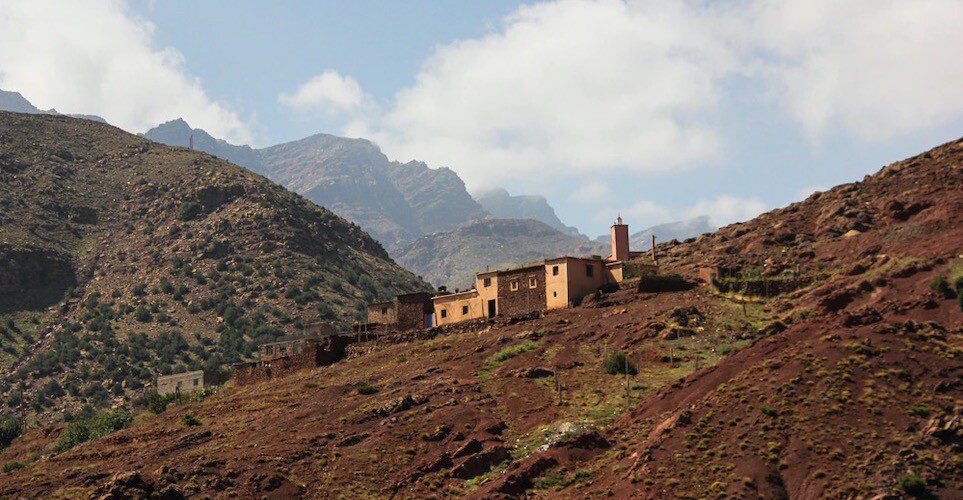
The language of the Berber people is one of the most difficult to follow. It is called Tamazight and includes 25 different languages and more than 300 dialects, which changes from region to region. About a third of the Moroccan population speaks Berber.
The Berber dispersion also has an explanation and justification in the language. On the one hand, the Berbers did not have written documents; on the other, they did not speak a common language, but dialects, some very different from each other. Society is, therefore, a motive for building a differentiated message. More specifically, the dialects of each group that occupy, sparse or not, are motive for division and classification. The Tuareg, Tamazights and Chleuhs, for example, are linguistic groups. During the formalization of Arabic as the official language, there was one of the only historical moments in which the Berbers felt the need to remember the Berber language as theirs
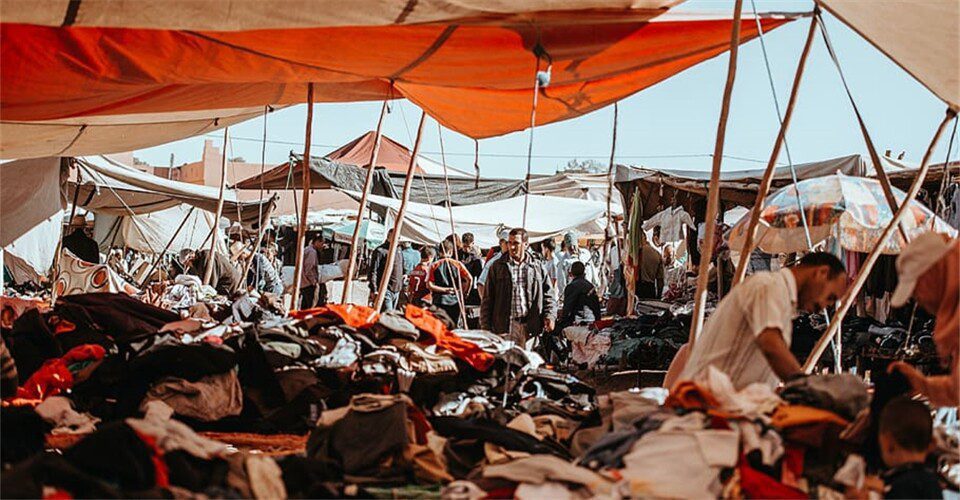
Currently there are many intrinsic residences and dwellings in areas away from the big cities – the Middle Atlas, in the center of the country, and also in the Great Atlas. Despite their lifestyle, the concern is to stay in their traditions. It continues to be a people with large volumes, holding many traditions, as a passage of history orally, for example. Tribal bonds and communities are very important and, therefore, cultivated with the path between the various generations. They are, therefore, a tourist theme and important for cultural knowledge. Many tourists are interested in getting to know them when they travel and wait for the desert.
Contact us for more travel information!

